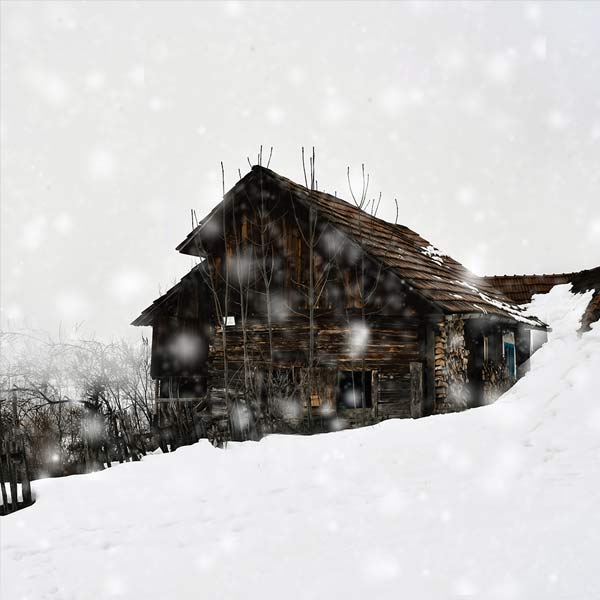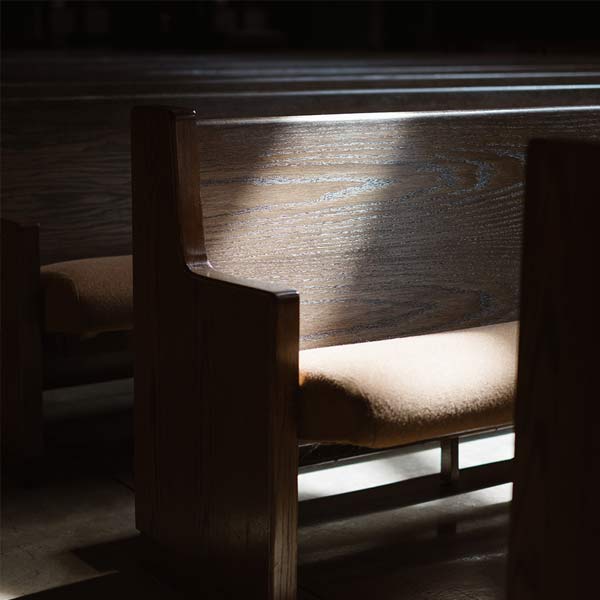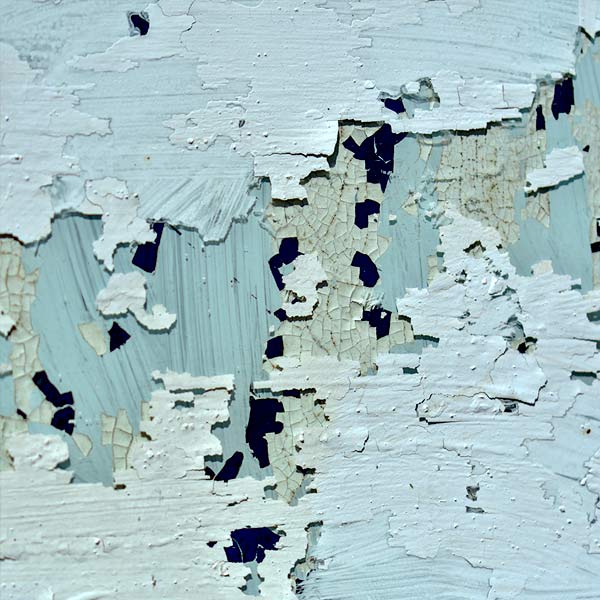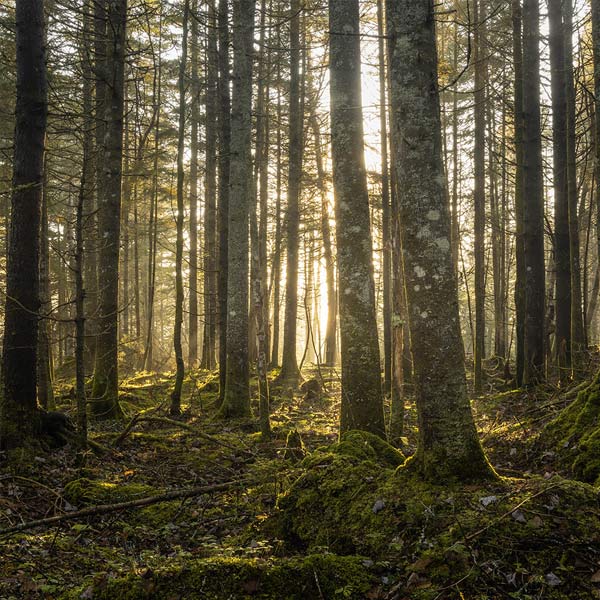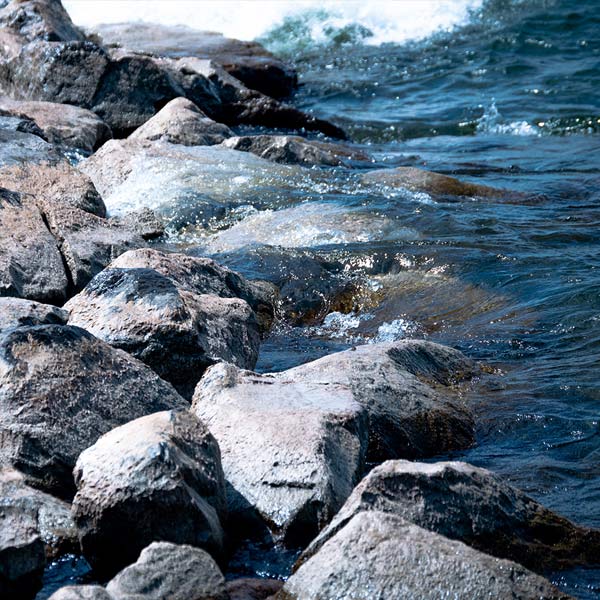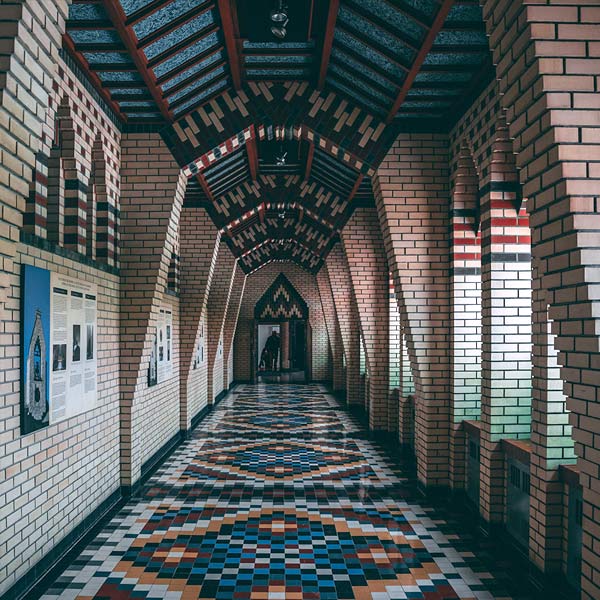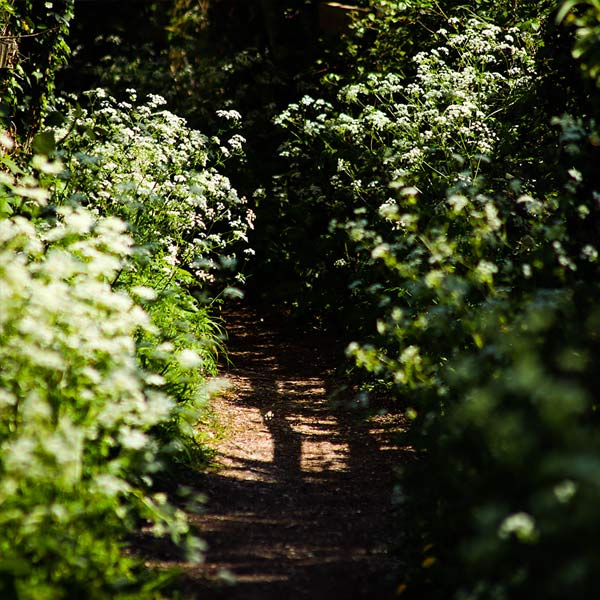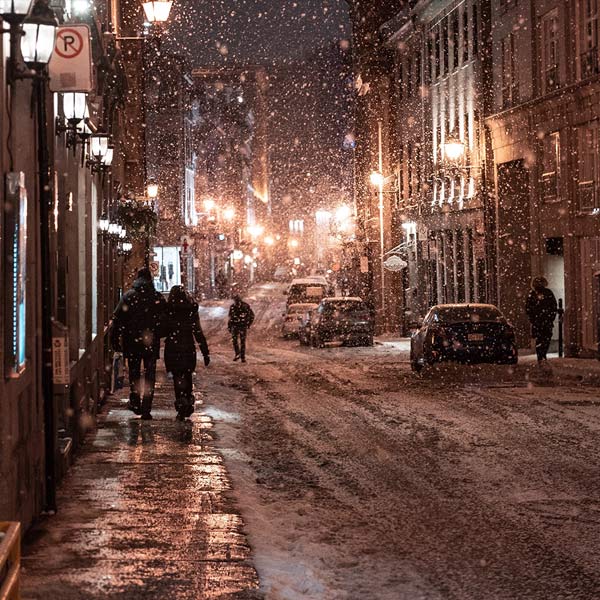wcag heading
Gamache’s last trip before the publication of All the Devils Are Here takes him just across the pond, to visit the UK edition. As we’re sure you’ve noticed, the jackets, at first glance, look exactly the same — which is a rare example of the foreign and domestic publisher agreeing on a design that suits both the novel and the reading audience in both countries.
There is one slight difference between the two: the UK publisher chose to add a quote to the cover, which is common practice in that country. Here, they feature a very complimentary quote by Denise Mina: “One of the greatest writers of our times.” Do quotes like these ever influence your decision to buy a book?
As this is our last visit abroad with Gamache, we’d like to thank you for traveling with us over the past few months. We hope to see you all in Paris next week with the release of All the Devils Are Here on September 1st!

